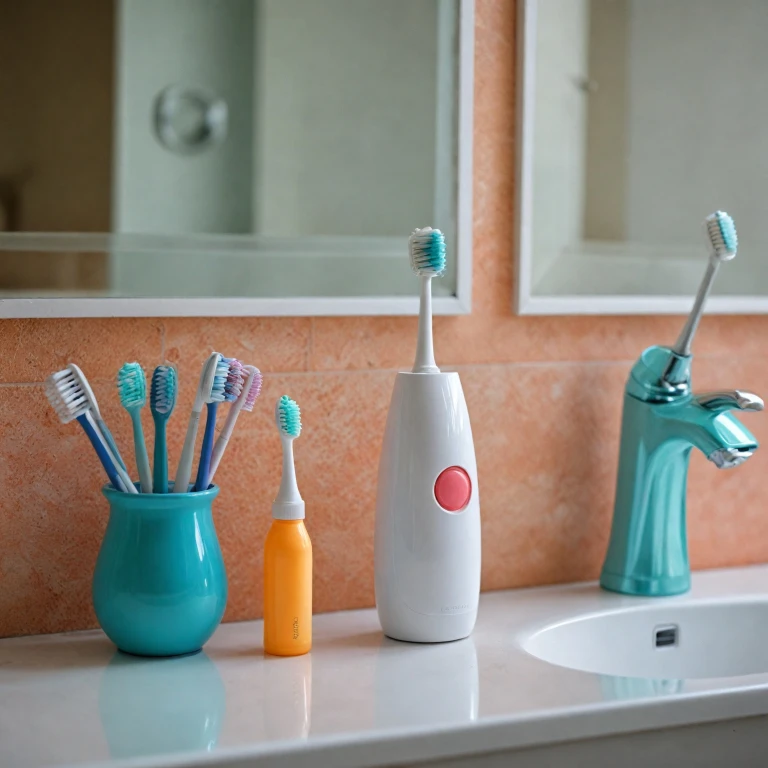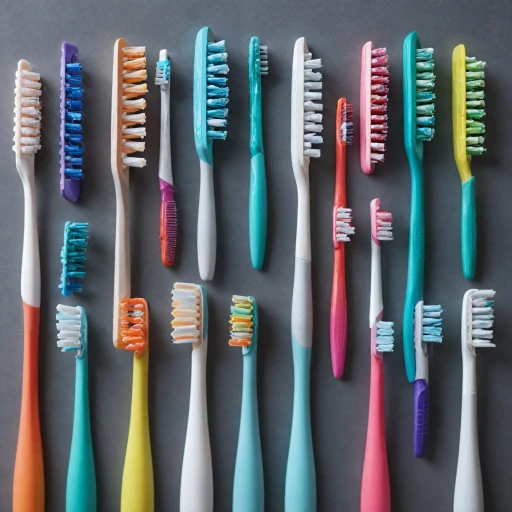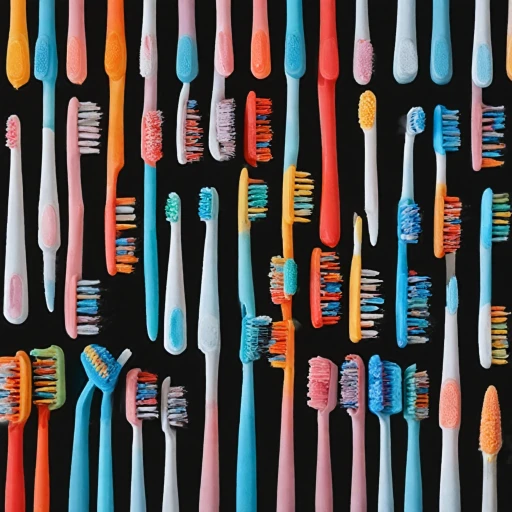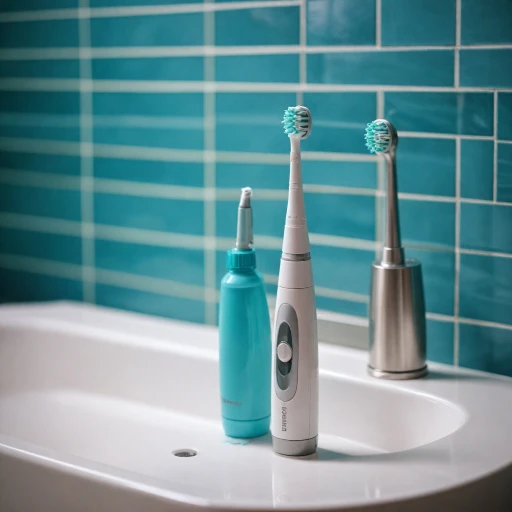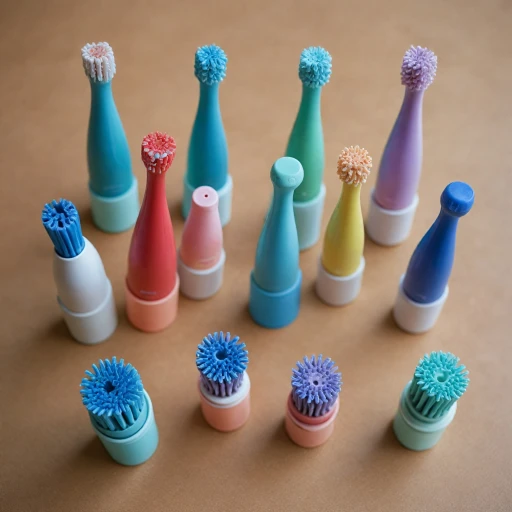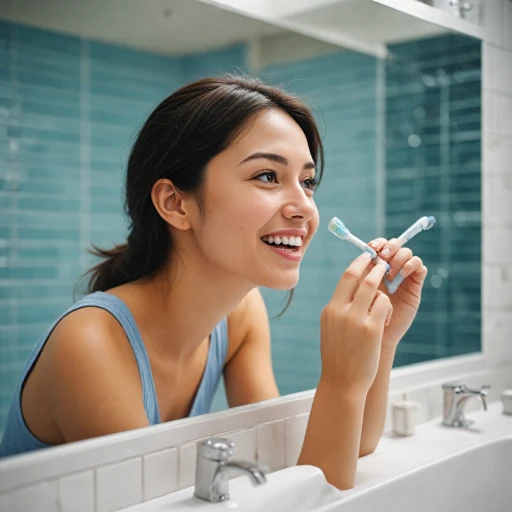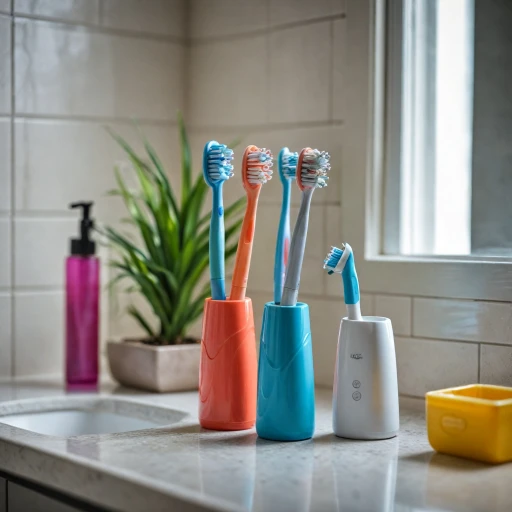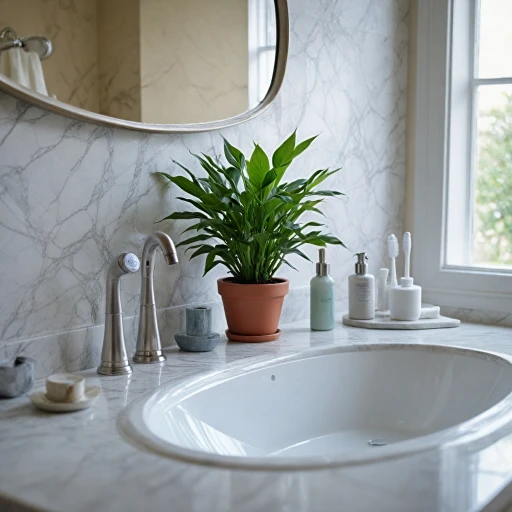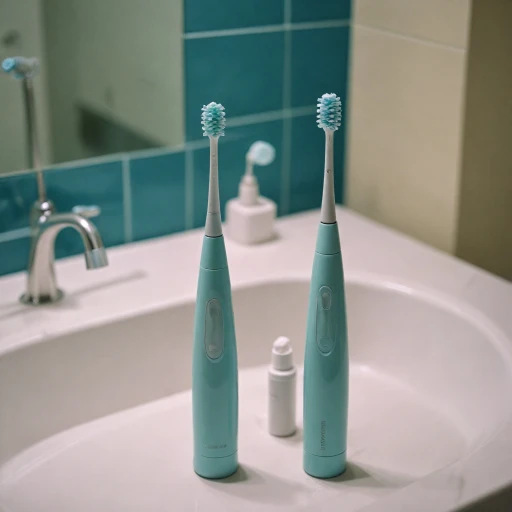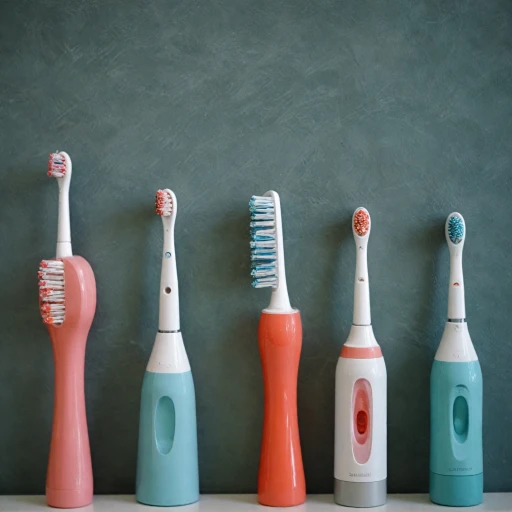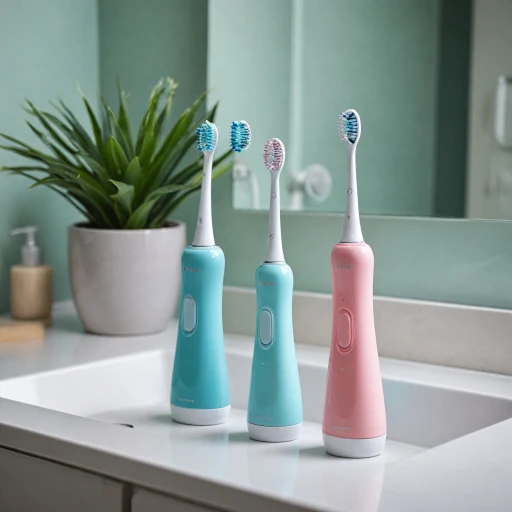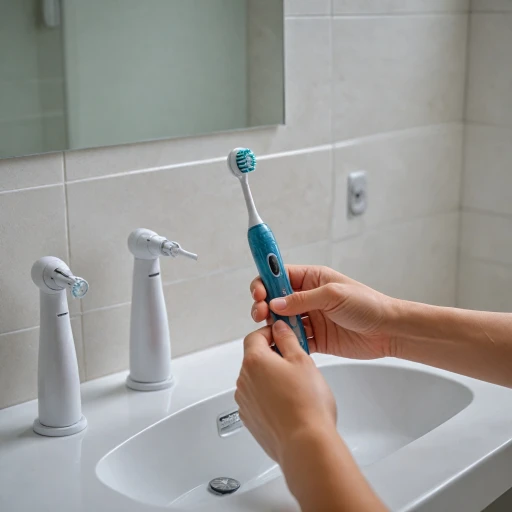
Understanding the Importance of Replacing Your Toothbrush Head
The Crucial Role of Timely Replacement
Maintaining optimal oral health extends beyond just brushing your teeth regularly—it's also about ensuring that your toothbrush is in prime condition. A key part of this is recognizing the importance of timely replacement of your electric toothbrush head. Over time, the bristles on your brush head can wear out and lose their effectiveness, similar to how a car engine requires regular oil changes to function efficiently.
When your electric toothbrush's bristles become frayed or splayed, they can no longer clean your teeth as effectively, which can lead to plaque buildup and eventually, dental issues. The effective cleaning capacity of fresh bristles can support deeper cleaning, leading to healthier gums and teeth. This means consistently replacing your toothbrush head plays a direct role in maintaining your oral hygiene standards.
Moreover, paying attention to the wear on your electric toothbrush head helps in preventing the spread of bacteria. As you'll discover, several factors determine how often you should change your toothbrush head, including your brushing habits and individual dental health requirements.
Information on selecting the ideal replacement heads can further contribute to effective oral care routines. Making informed choices will leave you better equipped to maintain that fresh, clean feeling you get after each brushing session. By doing so, you uphold the effectiveness of your oral care practices this way, ensuring that your smile is as healthy as can be.
Signs It's Time to Change Your Electric Toothbrush Head
Recognizing the Need for a New Brush Head
Maintaining optimal oral health involves recognizing when it's time to change your electric toothbrush head. Over time, the bristles on your toothbrush head wear down, reducing their effectiveness in cleaning your teeth and gums. Here are some key signs that indicate it's time to replace your brush head:
- Frayed Bristles: If the bristles on your toothbrush head appear frayed or bent, it's a clear indication that they are no longer effective. Frayed bristles can’t reach the nooks and crannies between your teeth, compromising your oral hygiene.
- Color Fading: Many electric toothbrush heads come with indicator bristles that fade in color over time. When these bristles lose their color, it’s a sign that you should replace your toothbrush head.
- Reduced Cleaning Power: If you notice that your teeth don't feel as clean after brushing, it might be time to change your brush head. Worn bristles can’t remove plaque effectively, impacting your oral care.
- Unpleasant Odor: A lingering odor on your toothbrush head can indicate bacterial buildup, which can affect your oral health. Regular replacement helps maintain a fresh and clean brushing experience.
By paying attention to these signs, you can ensure that your electric toothbrush continues to provide the best care for your teeth and gums. For more insights on why replacing your toothbrush head is crucial, you can explore this detailed guide.
Recommended Frequency for Changing Your Electric Toothbrush Head
Regular Replacement for Enhanced Oral Health
Maintaining good oral hygiene is more than just regular brushing; it's crucial to replace your electric toothbrush head at recommended intervals to ensure optimal performance. For those who prioritize their oral health, understanding the recommended frequency for changing their electric toothbrush head is key.
Generally, dental professionals advise replacing your brush head every three months. This time frame is a guideline based on typical wear and effectiveness. Consistent use, the type of bristles, and brushing technique can affect the longevity of the toothbrush head.
Replacing the brush head within this timeframe helps maintain the efficiency of the bristles, providing proper plaque removal and better oral care. Frequent use diminishes the rounded tips of bristles, which are essential for gentle yet effective cleaning. Over time, worn-out bristles may not efficiently reach the surfaces of your teeth, affecting your brushing routine and oral health.
Environmental factors, such as humidity and temperature, can also affect how often you should change the toothbrush head. If your device is stored in a highly humid environment, consider more frequent replacements to avoid bacteria buildup.
It's also important to stay aware of visual cues that indicate it's time to change your toothbrush head. Signs such as frayed bristles, physical wear, or discoloration can be indicators that replacement is due, regardless of the three-month mark.
In conclusion, maintaining a diligent schedule of replacing your electric toothbrush head every three months can significantly contribute to better dientes and overall oral hygiene. Following these guidelines ensures that your electric toothbrush continues to support a healthy, bright smile.
Factors That Affect How Often You Should Change Your Toothbrush Head
Influential Factors on Replacement Frequency
When considering how often to replace your electric toothbrush head, several factors might influence this decision. It's not just about setting a reminder every three months; the nuances of your personal hygiene routine and oral care habits play a critical role.- Brushing Technique: If you tend to use excessive pressure or have an aggressive brushing style, your toothbrush bristles may wear out faster. Observing frayed or discolored bristles is a sign you need to change your brush head sooner.
- Frequency and Duration: Brushing more than twice a day, or extending your routine past the dentist-recommended two minutes, can also lead to quicker bristle degradation. Keep an eye on your brushing habits.
- Oral Conditions: Conditions like gingivitis or dental work such as braces may require more frequent head replacements to maintain optimal oral health. These conditions often demand thorough and regular brushing, intensifying wear on your brush head.
- Water Hardness: The mineral content in your local water supply can impact how quickly toothbrush bristles deteriorate. Hard water, which is rich in minerals, can contribute to faster wear and tear.
Tips for Extending the Life of Your Electric Toothbrush Head
Extending the Life of Your Electric Toothbrush Head
Proper care and handling of your electric toothbrush head can significantly extend its lifespan, delaying the need for a replacement. Here are some guidelines to keep your teeth and your brush working harmoniously:- Rinse Thoroughly: After each use, rinse your toothbrush head under tap water to remove toothpaste, debris, and bacteria. This simple practice maintains the integrity of the bristles and furthers your oral hygiene goals.
- Dry Your Toothbrush Head: Storing your toothbrush head in a dry place prevents the growth of mold and bacteria. It’s advisable to let the toothbrush air dry in an upright position without a cover to promote airflow.
- Avoid High Heat: Exposure to high temperatures can warp the plastic components and weaken the bristles. Avoid placing your brush heads near heat sources or boiling them, which can shorten their lifespan.
- Proper Storage: To uphold optimal oral health, store your toothbrush heads away from other brushes to prevent cross-contamination.
- Be Gentle: While brushing, apply gentle pressure. Let the electric toothbrush do most of the work, as excessive force can wear down the bristles quickly and compromise brushing effectiveness.
Choosing the Right Replacement Head for Your Electric Toothbrush
Finding the Suitable Brush Head for Your Electric Toothbrush
Choosing the appropriate replacement head is crucial for maintaining your oral health and ensuring effective brushing performance. As mentioned before, using a damaged or worn-out head can hinder your cleaning efficacy, so it is essential to identify the replacement that aligns with your dental needs and preferences.
When selecting a replacement, consider the following factors:
- Compatibility: Ensure the replacement head is compatible with your electric toothbrush model. Not all heads fit every handle type, so verify specifications prior to purchase.
- Bristle Type: Different bristle types cater to specific needs. Soft bristles are gentle on gums, while medium or hard bristles may offer robust cleaning for those without sensitivity issues. Additionally, options like those designed for teeth whitening or deep cleaning are available, so choose based on your oral care goals.
- Price and Availability: Replacement heads can vary significantly in price, often reflected by brand and features. It may be helpful to consider buying in bulk when they are on sale or within a budget-friendly range to ensure you always have a replacement ready at the recommended intervals.
By taking these elements into account, you can effectively enhance your toothbrushing experience and extend the life of your electric toothbrush. Proper maintenance and timely changes play a vital role in ensuring both your toothbrush and your oral hygiene remain at their best.
